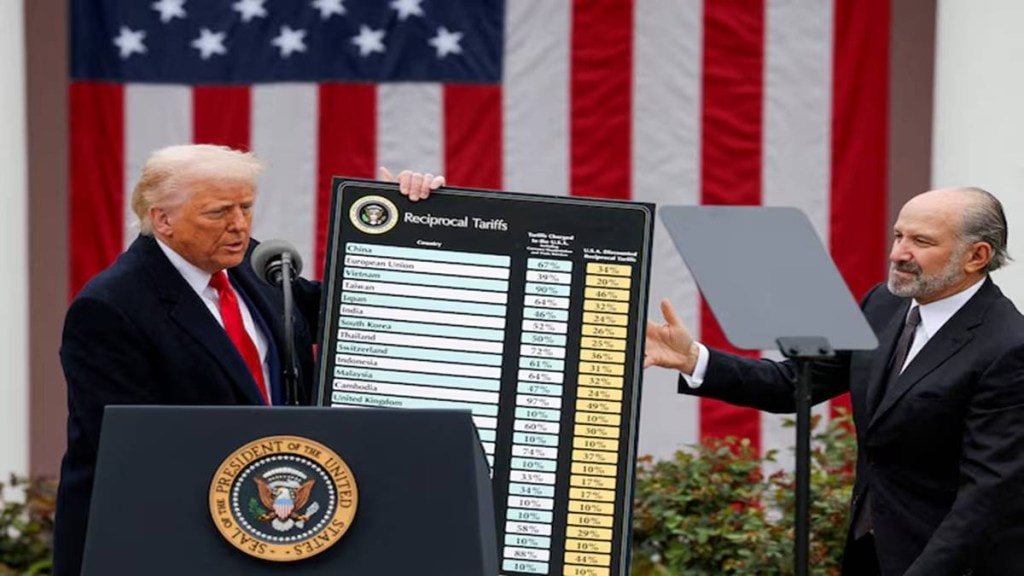As India edges closer to securing an interim trade deal with the United States, time is running out. Commerce Secretary Howard Lutnick confirmed on Sunday that August 1 remains a “hard deadline” for the imposition of new US tariffs, even as negotiations continue with key trade partners.
Tariffs to kick in from August 1
In a televised interview, Lutnick stated unequivocally, “That’s a hard deadline, so on August 1, the new tariff rates will come in. Nothing stops countries from talking to us after August 1, but they’re going to start paying the tariffs on August 1.”
The comments came at the close of a week-long round of bilateral trade talks between India and the US aimed at hammering out a temporary pact. For India, the deal holds significant weight, as without it, Indian exports could be subject to steep reciprocal tariffs, impacting sectors such as textiles, leather goods, and pharmaceuticals.
India-US BTA
Indian officials have indicated they are working towards signing a comprehensive Bilateral Trade Agreement (BTA) by the end of 2025. This would not only boost market access in labour-intensive sectors but also provide India with a tariff edge over regional competitors like Vietnam and Indonesia.
If finalised, the interim agreement could act as a stepping stone to a broader and more permanent deal, offering critical relief to Indian exporters navigating an increasingly protectionist global trade environment.
However, trade experts have raised concerns over the nature of these proposed agreements. According to the Global Trade Research Initiative (GTRI), many of the deals brokered under former President Donald Trump’s model fall short of WTO standards for Free Trade Agreements (FTAs).
“These are not FTAs in the legal sense,” GTRI said in a recent report. “Only the partner country is lowering its Most-Favoured-Nation (MFN) tariffs. The US is not offering reciprocal cuts, largely because it lacks Fast Track Authority from Congress.”
Instead, the US is proposing to roll back its controversial “Liberation Day” tariffs, imposed under emergency powers in April. Those tariffs, which added a 26% surcharge on Indian exports, were ruled unlawful by a US federal court, a ruling now under appeal.
Even if the interim deal goes through, Indian exports may still be hit with a 10% additional levy, GTRI warned. This could turn the agreement into a pressured compromise rather than a mutually beneficial partnership.

